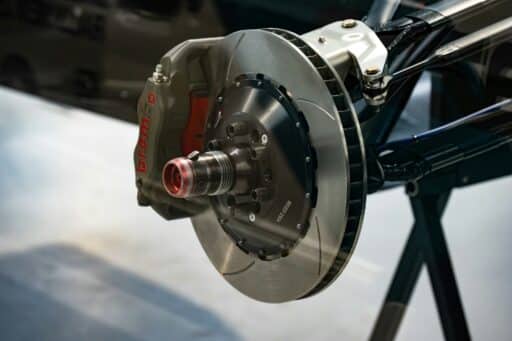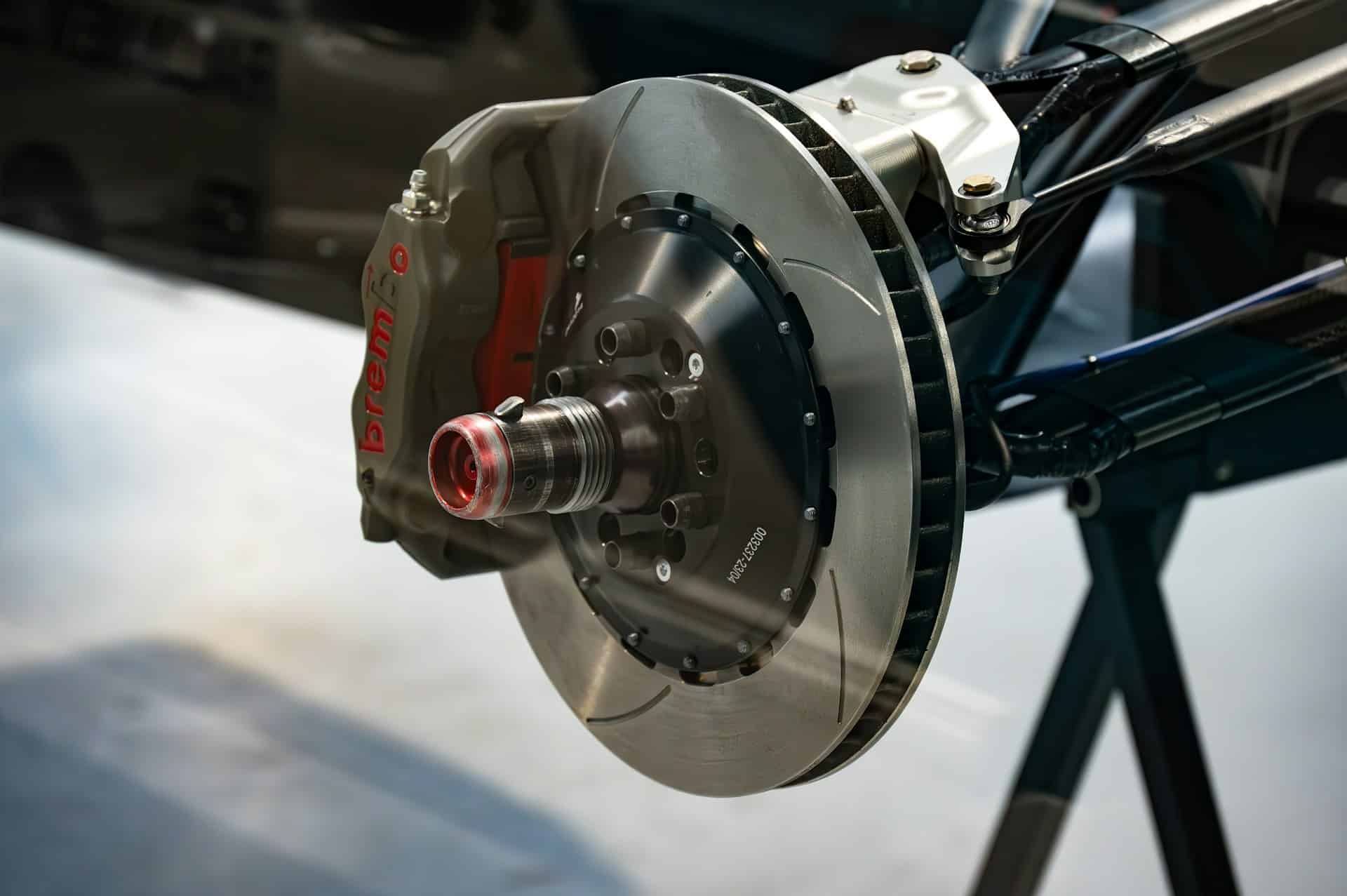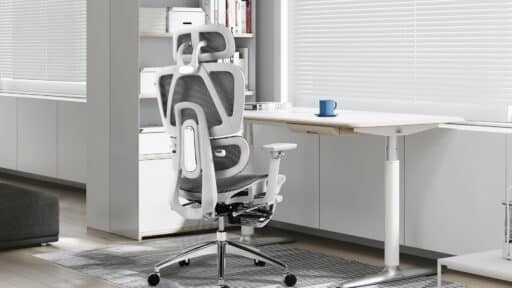Brakes determine whether vehicles stop safely or crash. Every driver depends on functioning brake systems, yet many people postpone inspections until problems become obvious. Understanding when brakes need professional attention prevents accidents, saves money, and provides peace of mind on Bristol’s challenging roads.
Facilities offering auto repair in Bristol recognize that local driving conditions create unique brake maintenance requirements. The city’s terrain, weather patterns, and traffic congestion affect how quickly brake components wear and when they need replacement. Knowing the warning signs and recommended inspection intervals helps drivers maintain safe, reliable braking performance.
Why Brake Safety Is Critical for Bristol Drivers
Bristol’s geography creates demands that flat cities never impose. Park Street climbs steeply through the city centre. Constitution Hill tests brake systems relentlessly. The approaches to Clifton Suspension Bridge and Totterdown’s inclines force constant brake engagement. Descending these gradients generates tremendous heat and friction that accelerates wear far beyond what manufacturers design for in standard testing.
Urban driving patterns compound the problem. Stop-and-go traffic through the city centre, frequent roundabouts, school zones requiring sudden stops—all these situations use brakes harder than motorway cruising. Peak hour congestion means continuous pedal applications that build heat and degrade components faster.
Bristol’s wet climate affects brake efficiency directly. Rain reduces friction between pads and rotors. Salt exposure from coastal proximity accelerates corrosion throughout hydraulic systems and on brake lines. Winter weather demands reliable stopping power precisely when conditions make braking most challenging. These environmental factors make regular inspection essential rather than optional.
Understanding Your Vehicle’s Brake System
Brake pads and shoes provide the friction material that stops vehicles. Front pads typically wear faster than rear pads because front brakes handle roughly 70 percent of stopping force. Wear indicators built into pads alert drivers when replacement becomes necessary, though waiting for audible warnings often means damage has already begun.
Rotors and drums provide the surfaces against which pads press to create stopping force. Heat from repeated braking warps rotors over time. Scoring and grooving develop as pads wear down to metal backing plates. Minimum thickness specifications exist for safety reasons—rotors below these measurements fail under stress.
Brake fluid transfers pedal pressure hydraulically throughout the system. This fluid absorbs moisture over time, which lowers its boiling point and allows vapor formation under hard braking. Contaminated fluid causes spongy pedal feel and reduced stopping power. Calipers and wheel cylinders contain pistons that press pads against rotors, and these components seize when corrosion develops or lubrication disappears.
Brake lines and hoses carry fluid under pressure from the master cylinder to each wheel. Flexible hoses age and bulge. Metal lines corrode, especially where salt exposure attacks unprotected steel. Any weakness in these lines represents catastrophic failure waiting to happen.
Warning Signs That Demand Immediate Brake Inspection
Squealing and squeaking noises alert drivers to thin pad material. Small metal tabs embedded in pads contact rotors when friction material wears down, creating distinctive high-pitched sounds. Some squeaking occurs normally in certain weather conditions, but persistent squealing during every brake application requires professional evaluation.
Grinding sounds mean emergency inspection is overdue. Metal backing plates are destroying rotors with every stop. Continuing to drive grinds rotors beyond salvage and forces complete replacement of components that pad replacement alone would have saved. On Bristol’s steep descents, grinding brakes represent genuine danger to everyone in the vehicle and around it.
Pedal feel changes signal hydraulic problems. Soft or spongy pedals indicate air in brake lines or contaminated fluid. Pedals sinking slowly to the floor reveal fluid leaks that will eventually cause complete brake failure. Hard or stiff pedals suggest power booster failure that dramatically increases the effort required to stop. Vibration or pulsing through the pedal usually means warped rotors, though drivers sometimes confuse this with normal ABS activation.
Vehicle behaviour during braking reveals specific problems. Pulling strongly to one side indicates uneven brake wear or seized calipers. Longer stopping distances mean reduced braking efficiency from glazed pads or degraded fluid. Brake fade during long descents—that sinking feeling when pedals go soft and stopping power disappears—signals overheating that boils brake fluid and causes temporary failure.
Dashboard brake warning lights demand immediate attention. Low fluid levels, parking brake switch malfunctions, or serious system failures trigger these lights. Visible fluid leaks underneath parked vehicles suggest brake fluid escaping. Brake fluid appears clear or light yellow, unlike the dark brown of engine oil or the bright colours of coolant.
Recommended Brake Inspection Schedules
Manufacturers typically recommend annual brake inspections or checks at specific mileage intervals. Modern vehicles with electronic monitoring systems sometimes extend these intervals, though inspections remain prudent. Bristol drivers should consider more frequent checks than manufacturer guidelines suggest. Local terrain and weather accelerate wear beyond standard assumptions.
Seasonal inspections make sense in climates like Bristol’s. Pre-winter checks ensure brake systems can handle wet weather performance demands. Spring inspections after winter evaluate salt damage and corrosion that accumulated during cold months. These seasonal checks catch problems before they progress to failures.
The Professional Brake Inspection Process
Comprehensive brake inspections involve multiple steps. Technicians measure pad thickness at each wheel using specialized tools. They evaluate rotor condition, checking for warping, scoring, and minimum thickness compliance. Caliper operation gets tested—pistons should move freely without binding. Hardware and mounting components receive visual inspection for corrosion and damage.
Brake fluid testing determines moisture content and boiling point. Fresh fluid appears clear and tests show high boiling points. Contaminated fluid looks dark and tests reveal dangerous boiling point reduction. Hydraulic system pressure testing verifies line integrity and detects leaks invisible during visual inspection.
Road testing provides real-world performance evaluation. Technicians assess pulling, vibration, pedal feel, and ABS function under actual driving conditions. This testing reveals problems that measurements alone might miss.
Common Brake Problems Found During Inspections
Worn brake pads beyond safe limits appear frequently. Minimum thickness standards exist for good reason—pads below these specifications fail under stress. Uneven wear patterns indicate caliper problems or contamination. Glazing from excessive heat reduces pad effectiveness.
Damaged or warped rotors show surface scoring, grooving, and thickness variations that cause vibration. Bristol’s climate accelerates rotor corrosion. Calliper seizure and sticking create uneven pad wear and pulling during braking. Brake fluid degradation happens gradually but inevitably as moisture absorption lowers boiling points and promotes system-wide corrosion.
Corroded brake lines and hoses represent critical safety concerns. Bristol’s salt air attacks metal lines relentlessly. Flexible hoses bulge and crack with age. These components fail without warning, and failure means complete brake loss.
Cost Considerations for Brake Inspections and Repairs
Brake inspection costs in Bristol vary. Some shops offer free basic checks as loss leaders to attract customers for paid repair work. Comprehensive paid inspections provide more thorough assessment and detailed reporting. Typical brake pad replacement pricing differs between front and rear service, with labour and parts costs clearly separated. Quality variations in pad materials affect pricing and longevity.
Rotor replacement or resurfacing decisions depend on condition and economics. Machining costs less than new rotors but only works when sufficient material remains. Complete brake job packages combining pads, rotors, and hardware often provide better value than piecemeal repairs.
Early detection saves substantial money. Replacing pads before metal-to-metal contact preserves rotors. Addressing minor fluid leaks prevents complete system contamination. Regular maintenance costs far less than emergency repairs after failures damage multiple components.
Choosing the Right Bristol Garage for Brake Inspection
Brake specialist certification and MOT authorization indicate qualified technicians with proper equipment. Shops with established reputations for brake work and positive customer reviews mentioning brake repairs provide confidence. Transparent pricing, clear warranty offerings, and straightforward communication separate professional operations from questionable ones. Questions about inspection thoroughness, parts quality, and timeframe expectations help drivers evaluate potential service providers before committing.








